Fastback designs have always been a niche yet fascinating segment of the automotive world. While some models have soared in popularity, others have struggled to find their footing in the market. Here are eight fastback designs that deserved more attention than they received.
AMC Marlin
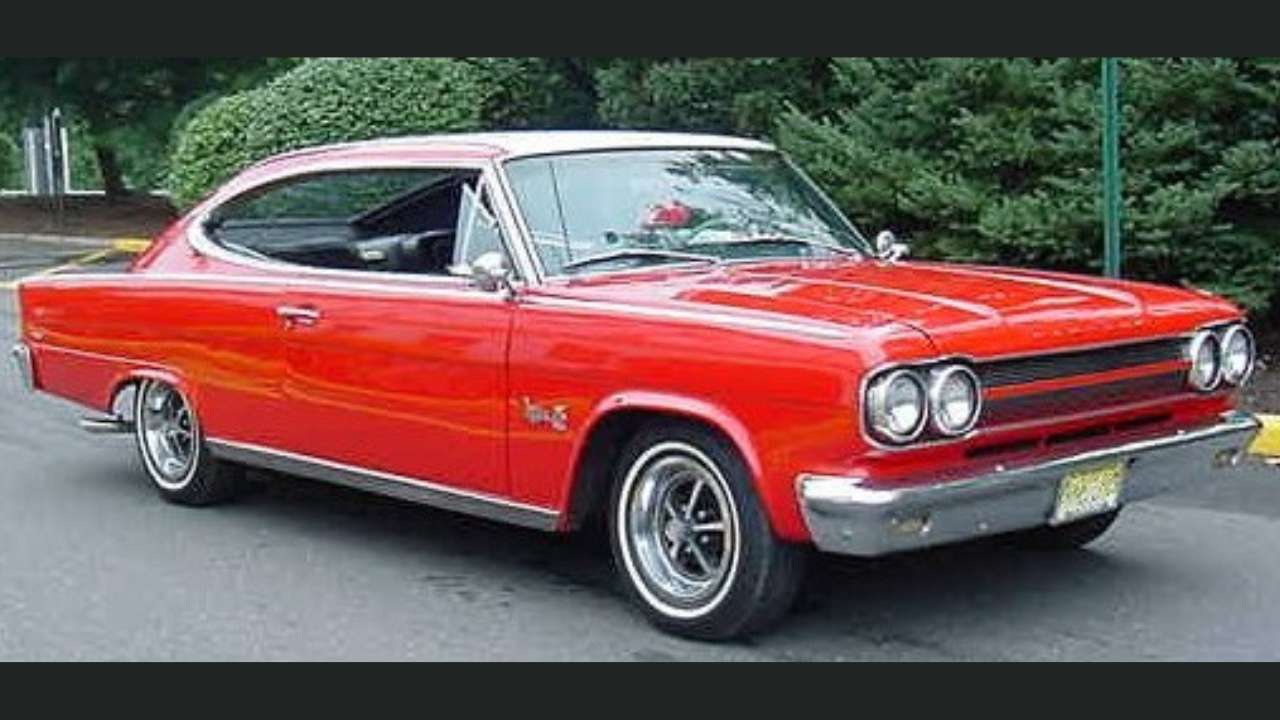
The AMC Marlin debuted in 1965 as a sporty fastback that stood out for its unique design. Despite its distinctive look, the Marlin struggled to find a broad audience. The automobile was a daring move by AMC to capture the youth market, yet it never quite reached the popularity of its competitors.
One of the issues was its timing. The Marlin entered the scene just as the muscle car era was taking off, making its more conservative engine options less appealing. While the Marlin had the looks, it lacked the performance punch that car enthusiasts were craving at the time.
Plymouth Barracuda
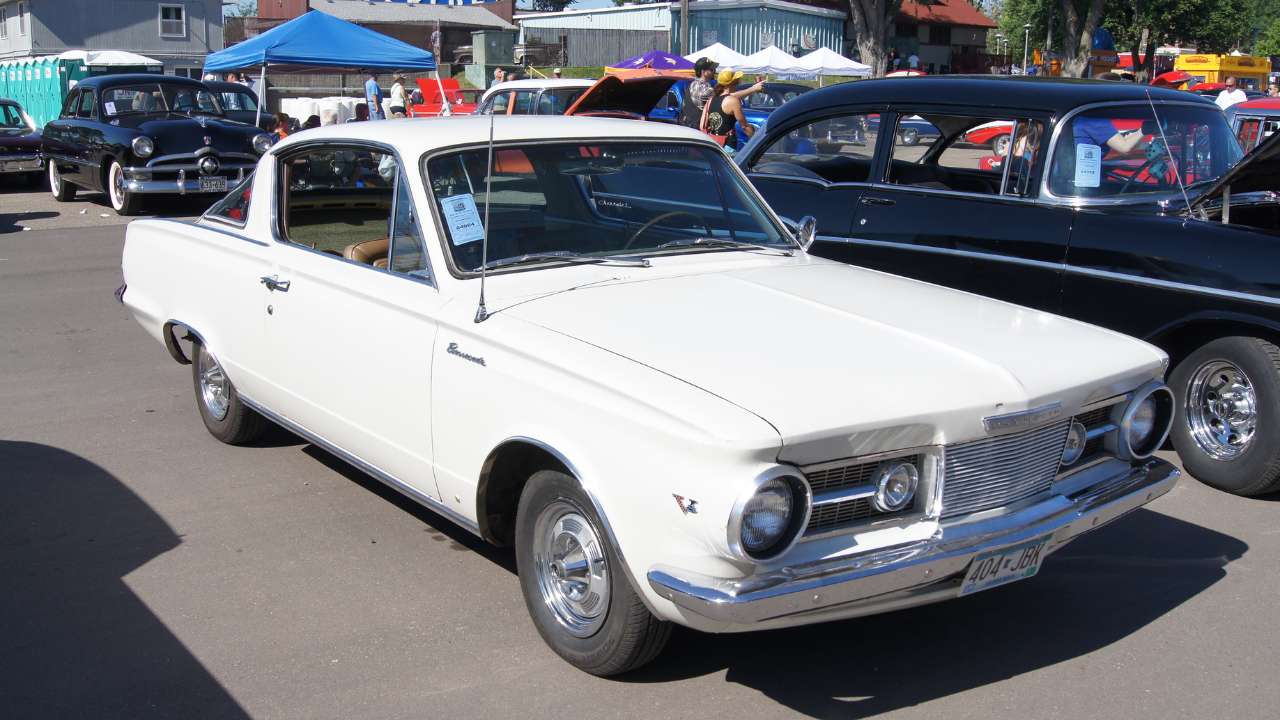
Introduced in 1964, the Plymouth Barracuda was one of the first pony cars, predating the iconic Ford Mustang by a few weeks. Despite being a pioneer, the Barracuda often found itself overshadowed by its rivals. The early models, in particular, struggled with a somewhat awkward rear design that didn’t resonate with buyers.
It wasn’t until the 1970 redesign that the Barracuda truly came into its own, offering more powerful engine options and a more aggressive appearance. Unfortunately, by then, stiff competition and changing market dynamics had already limited its impact.
Ford Torino GT Fastback
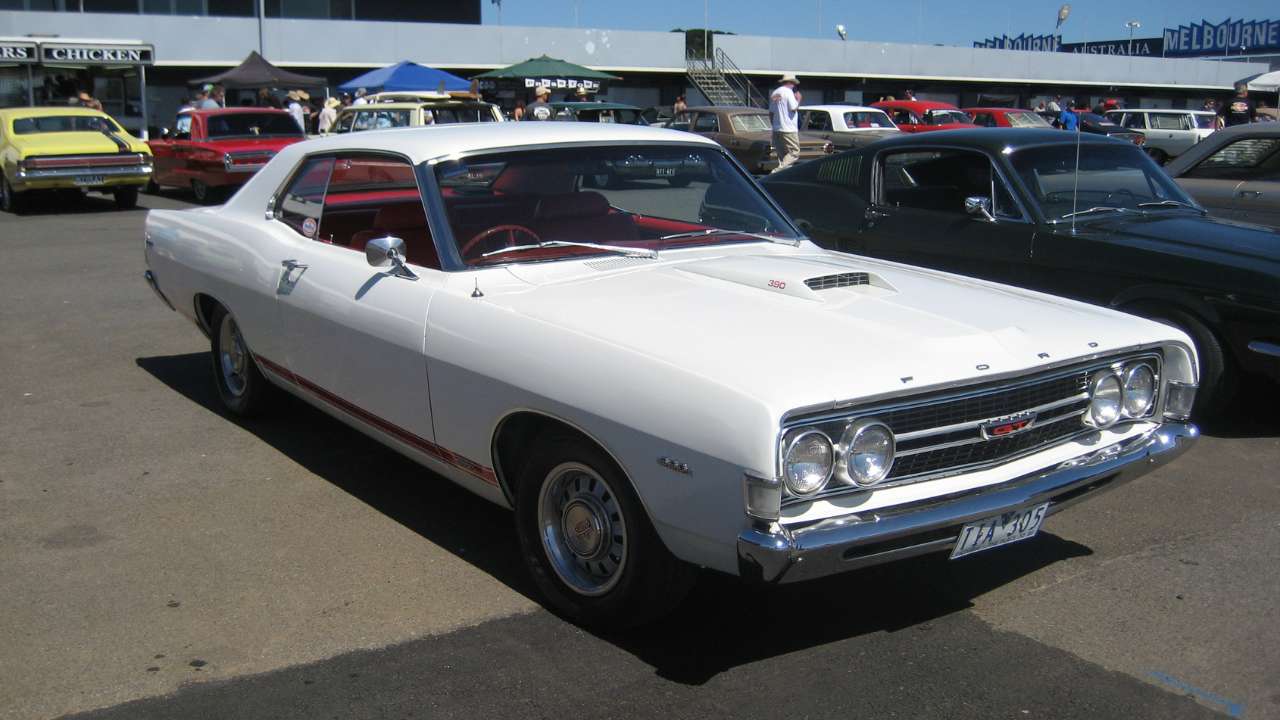
The Ford Torino GT Fastback, especially the 1968-1969 models, offered a sleek design and high-performance options. Despite these attributes, it never captured as much market share as Ford had hoped. One possible reason could be its positioning in the Ford lineup, where it was often overshadowed by the more popular Mustang.
While the Torino GT Fastback had the performance credentials with engines like the 428 Cobra Jet, it didn’t quite have the same brand appeal or marketing push. Today, it remains a hidden gem appreciated by collectors and enthusiasts alike.
Mercury Cyclone Spoiler
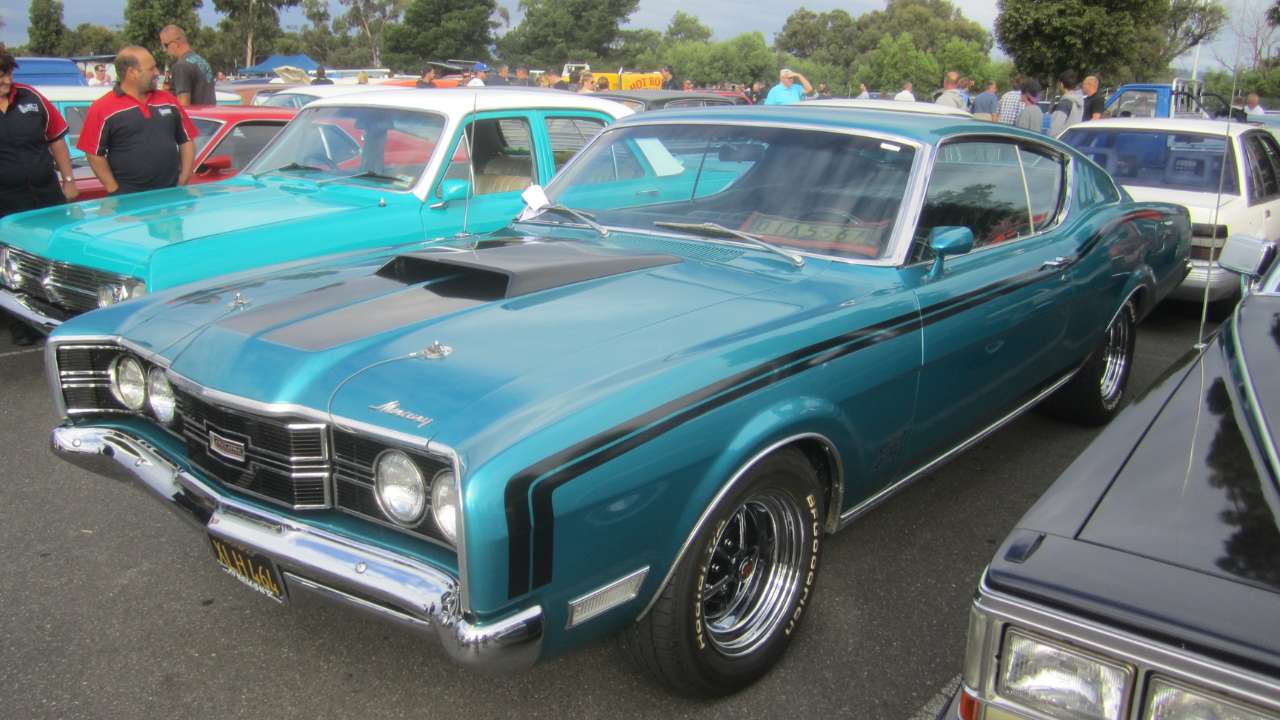
The Mercury Cyclone Spoiler was a performance-oriented version of the Mercury Cyclone, produced from 1969 to 1970. Known for its NASCAR-inspired aerodynamics and powerful engine options, the Cyclone Spoiler was built for speed. However, it faced stiff competition from better-marketed rivals.
Part of the problem was Mercury’s branding, often seen as a more conservative alternative to Ford. The Cyclone Spoiler’s high-performance capabilities were sometimes lost on a market that associated Mercury with luxury rather than speed.
Chevrolet Monza 2+2
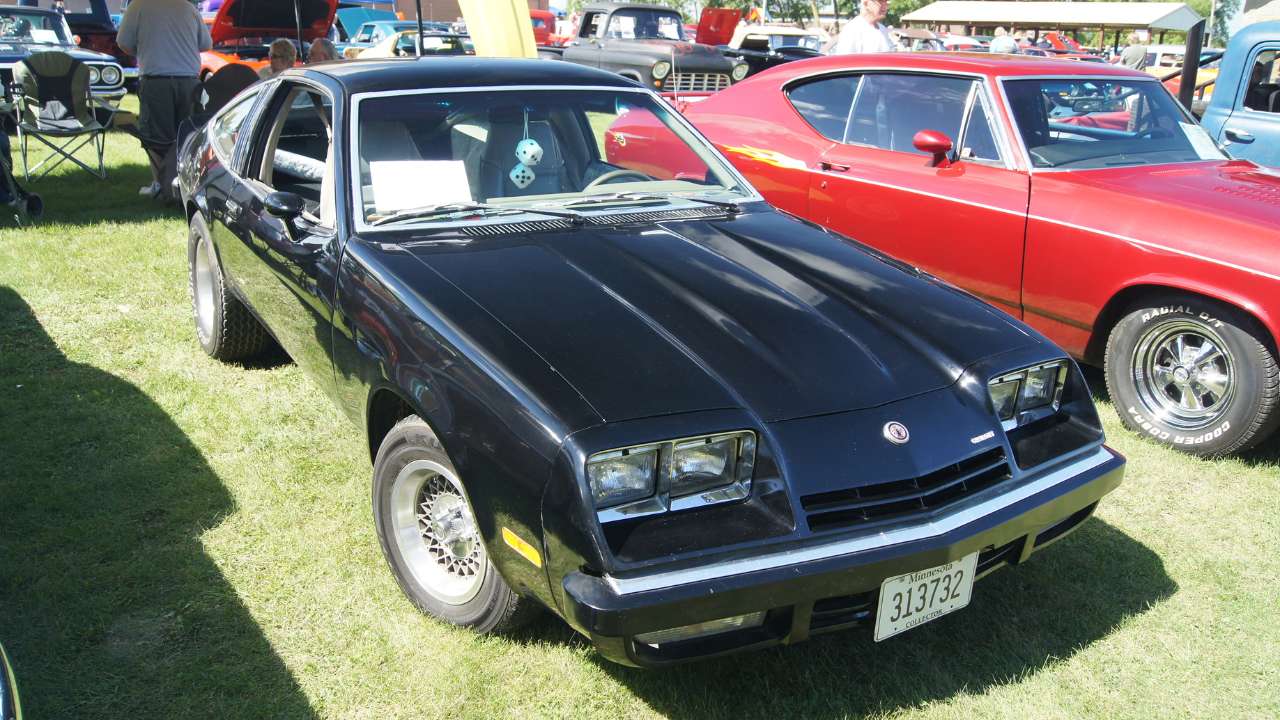
The Chevrolet Monza 2+2, produced between 1975 and 1980, was a compact car with sporty aspirations. Its fastback design and availability of a V8 engine made it a compelling choice for budget-conscious buyers looking for performance. However, it was released during a time of fuel crises and changing consumer preferences.
As a result, the Monza 2+2 never quite gained the traction it needed. While it offered good looks and decent performance, it was often outshined by more fuel-efficient imports and domestic models better suited to the era’s economic conditions.
Dodge Charger Daytona

The Dodge Charger Daytona, produced in 1969, is a legendary name in automotive history, known for its aerodynamic shape and racing pedigree. Despite its iconic status today, the Daytona was not a commercial success in its time. Its radical design, including a massive rear wing and pointed nose, was too extreme for many buyers.
Additionally, the Daytona’s high price tag and limited production run contributed to its low sales figures. While it struggled in the showroom, the Daytona found its place in NASCAR history, setting records and becoming a collector’s dream.
Pontiac Grand Prix SJ
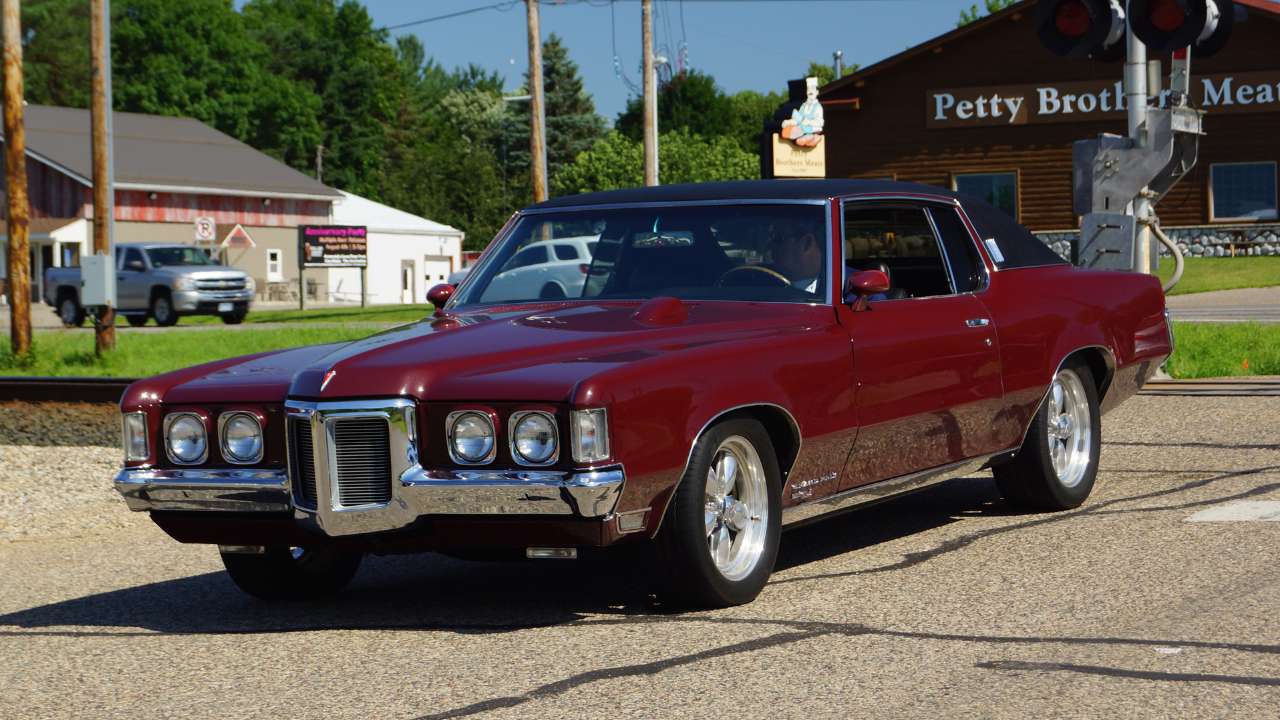
The Pontiac Grand Prix SJ, particularly the 1969-1972 models, combined luxury and performance in a stylish fastback package. Despite its innovative design and powerful engines, the Grand Prix SJ was often overshadowed by more focused muscle cars and luxury sedans.
Pontiac’s attempt to blend luxury with performance may have confused some consumers, who preferred more defined categories. With its unique position in the market, the Grand Prix SJ was perhaps ahead of its time but failed to attract a dedicated audience during its production years.
Oldsmobile Cutlass Fastback
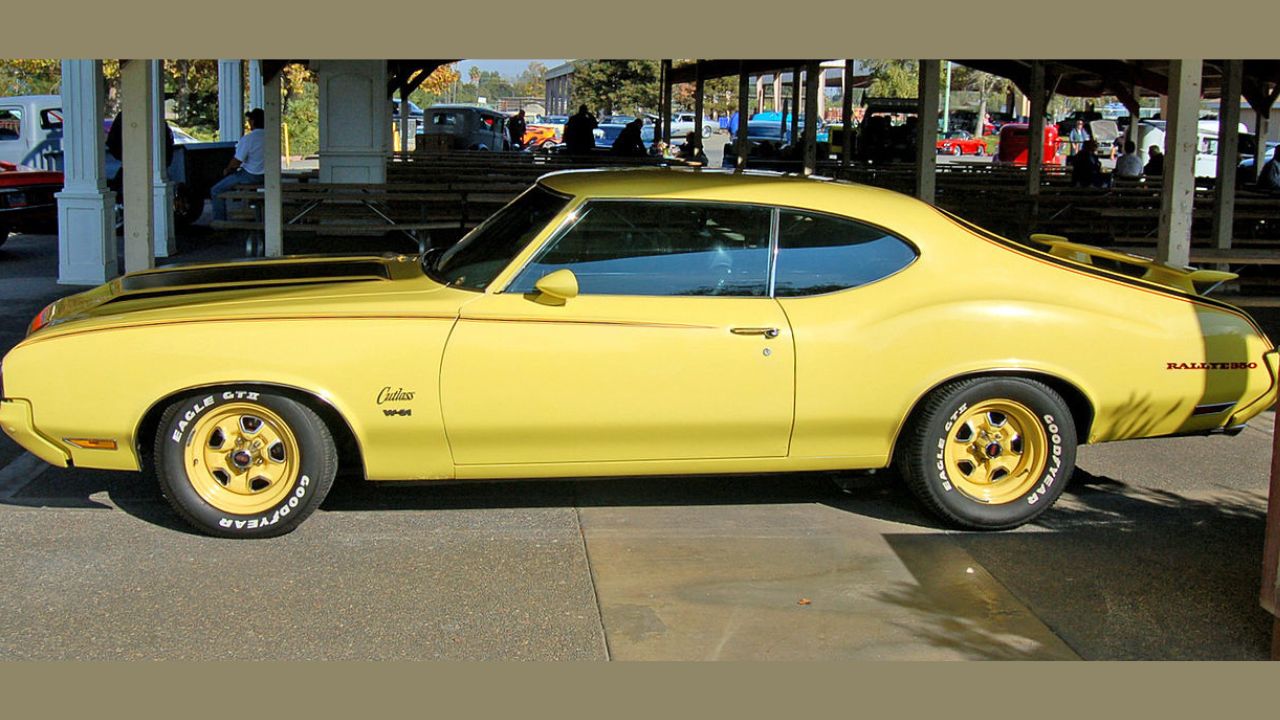
The Oldsmobile Cutlass Fastback, available from 1968 to 1972, was a stylish option in the midsize car segment. It featured a sleek fastback roofline and a range of powerful engines. However, it struggled to stand out in a crowded field of similar models.
While the Cutlass name would go on to become one of Oldsmobile’s most successful, the fastback iteration lacked the distinctive features needed to capture widespread attention. Its understated design and the brand’s conservative image may have limited its appeal to the performance-oriented crowd.
Like Fast Lane Only’s content? Be sure to follow us.
Here’s more from us:
*Created with AI assistance and editor review.

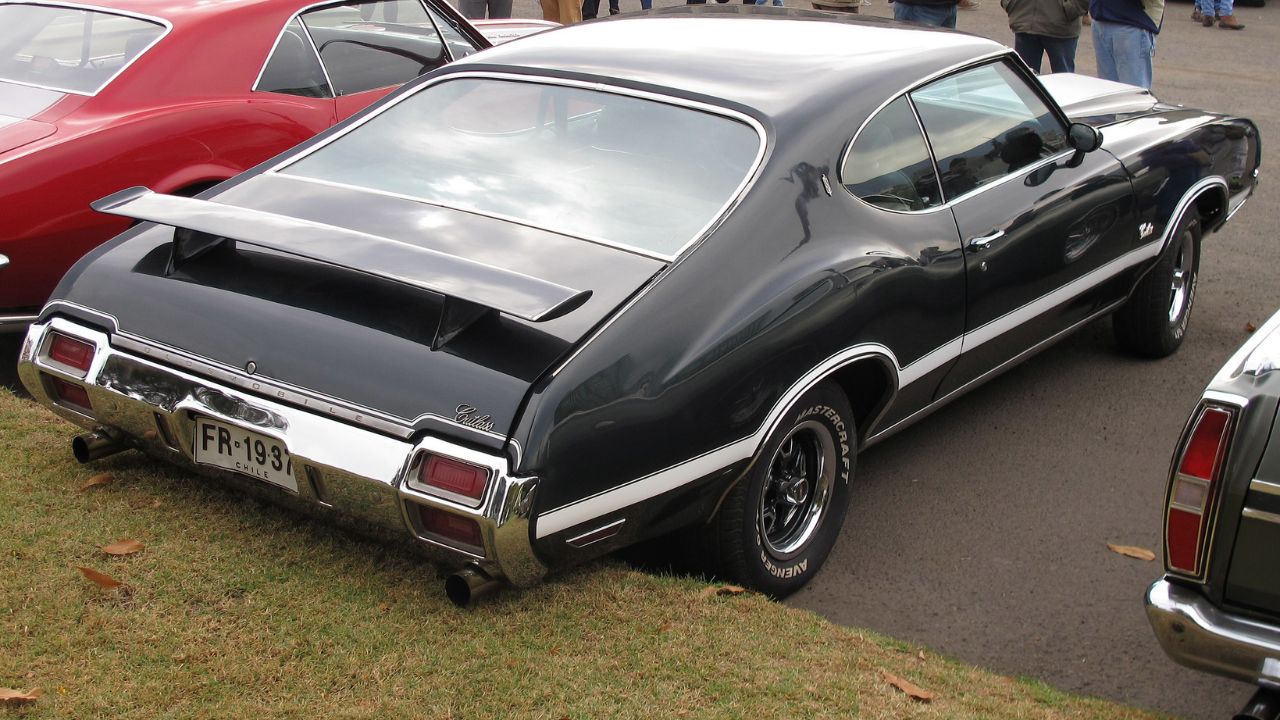
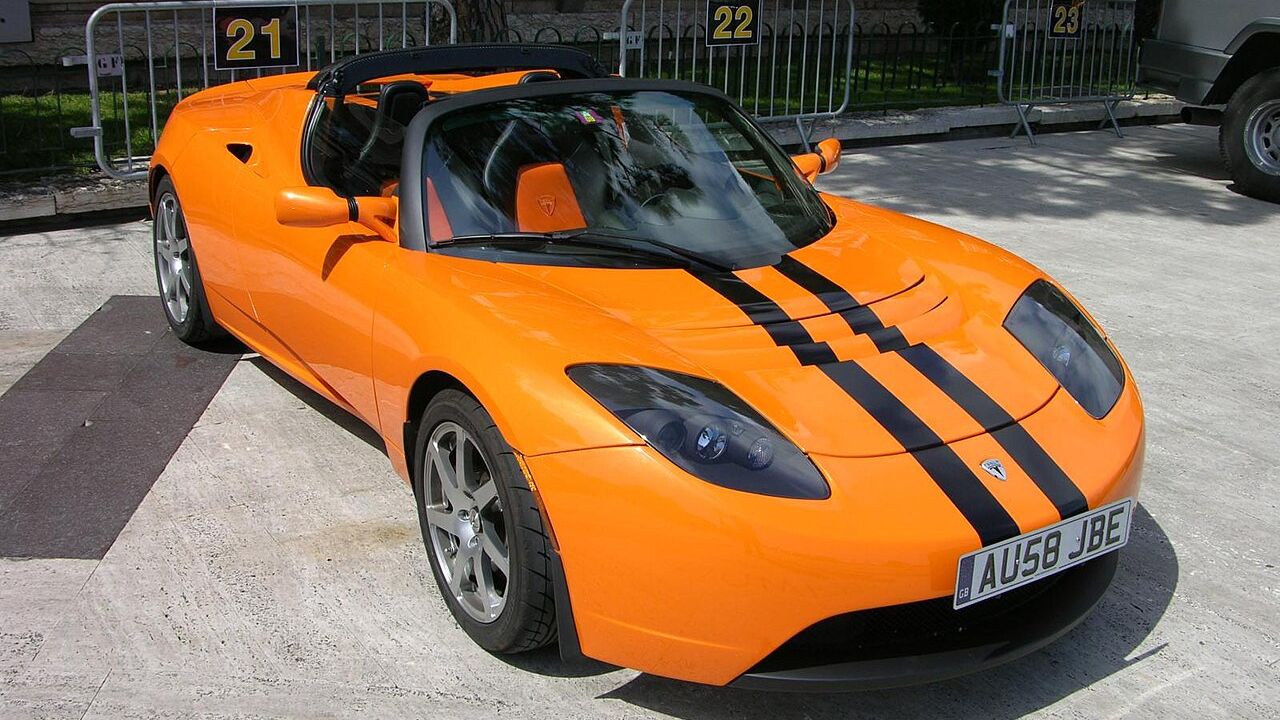
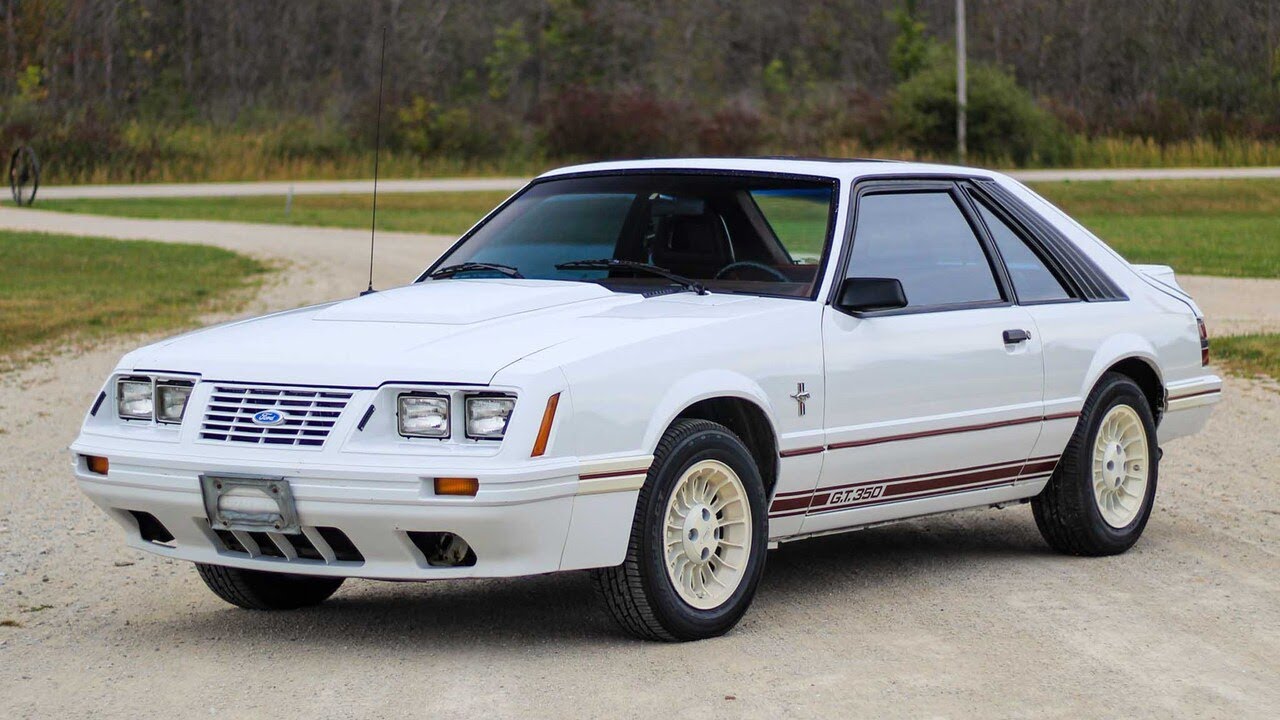

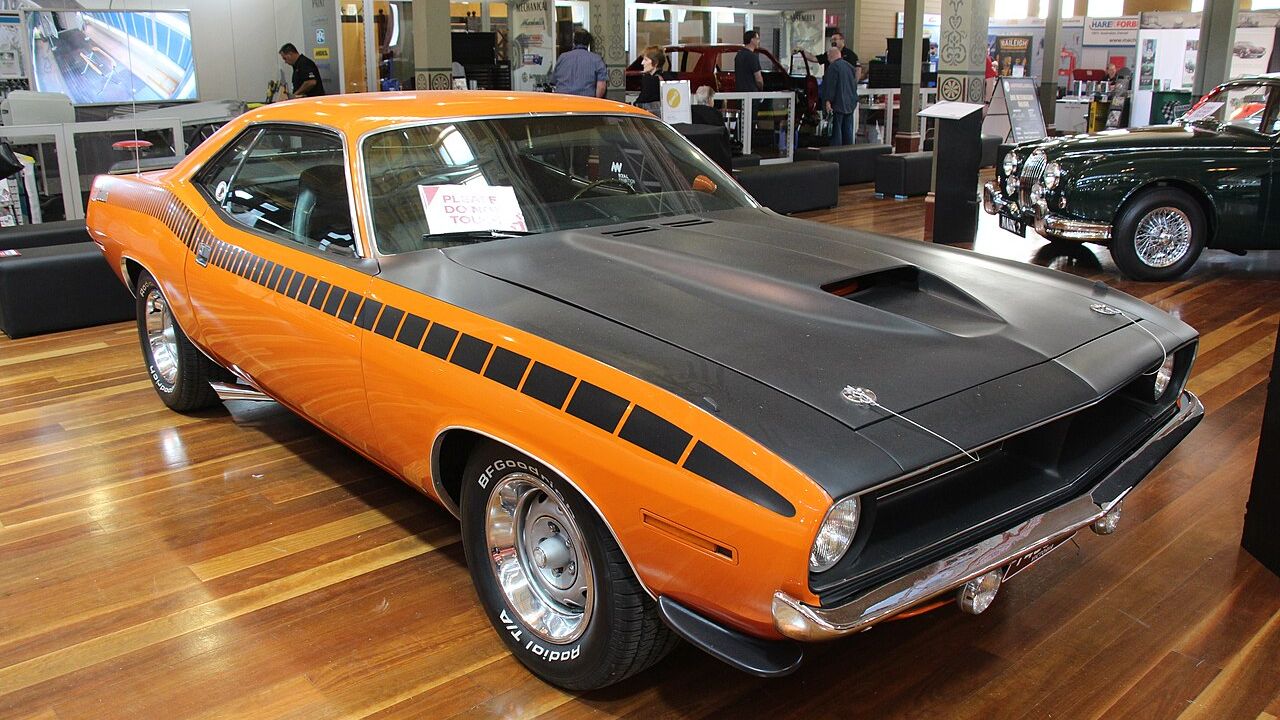
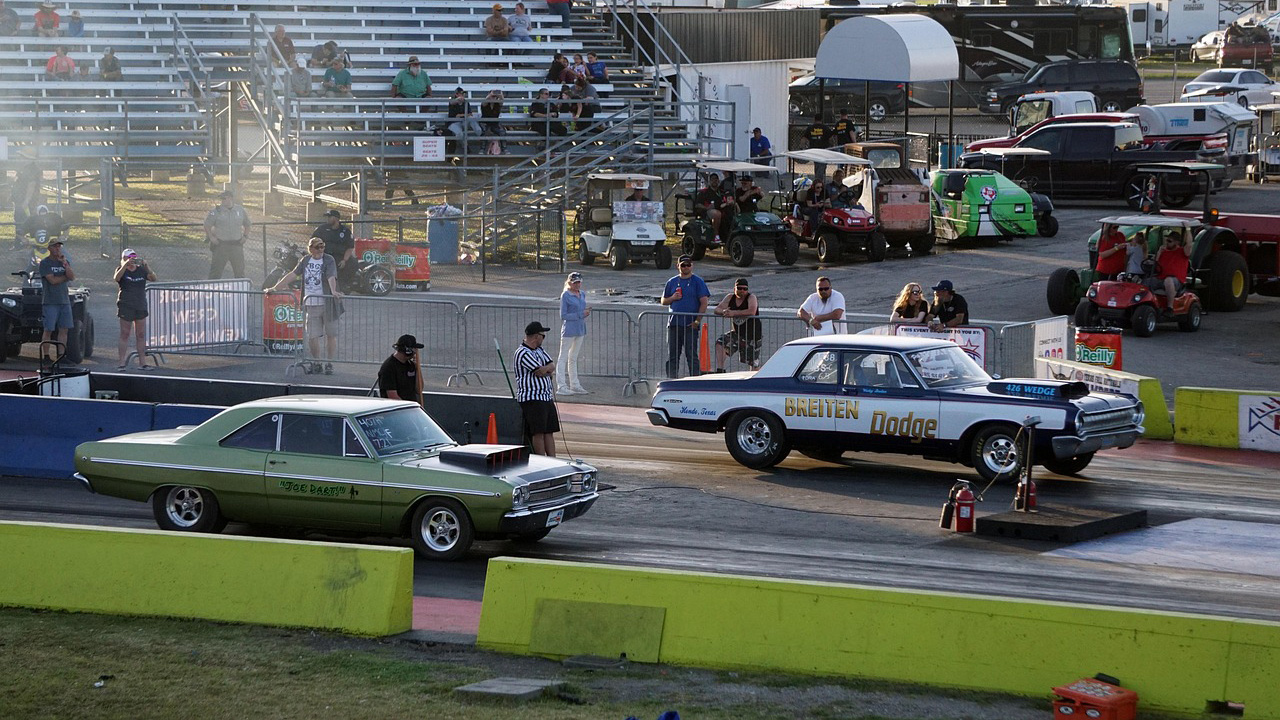
Leave a Reply